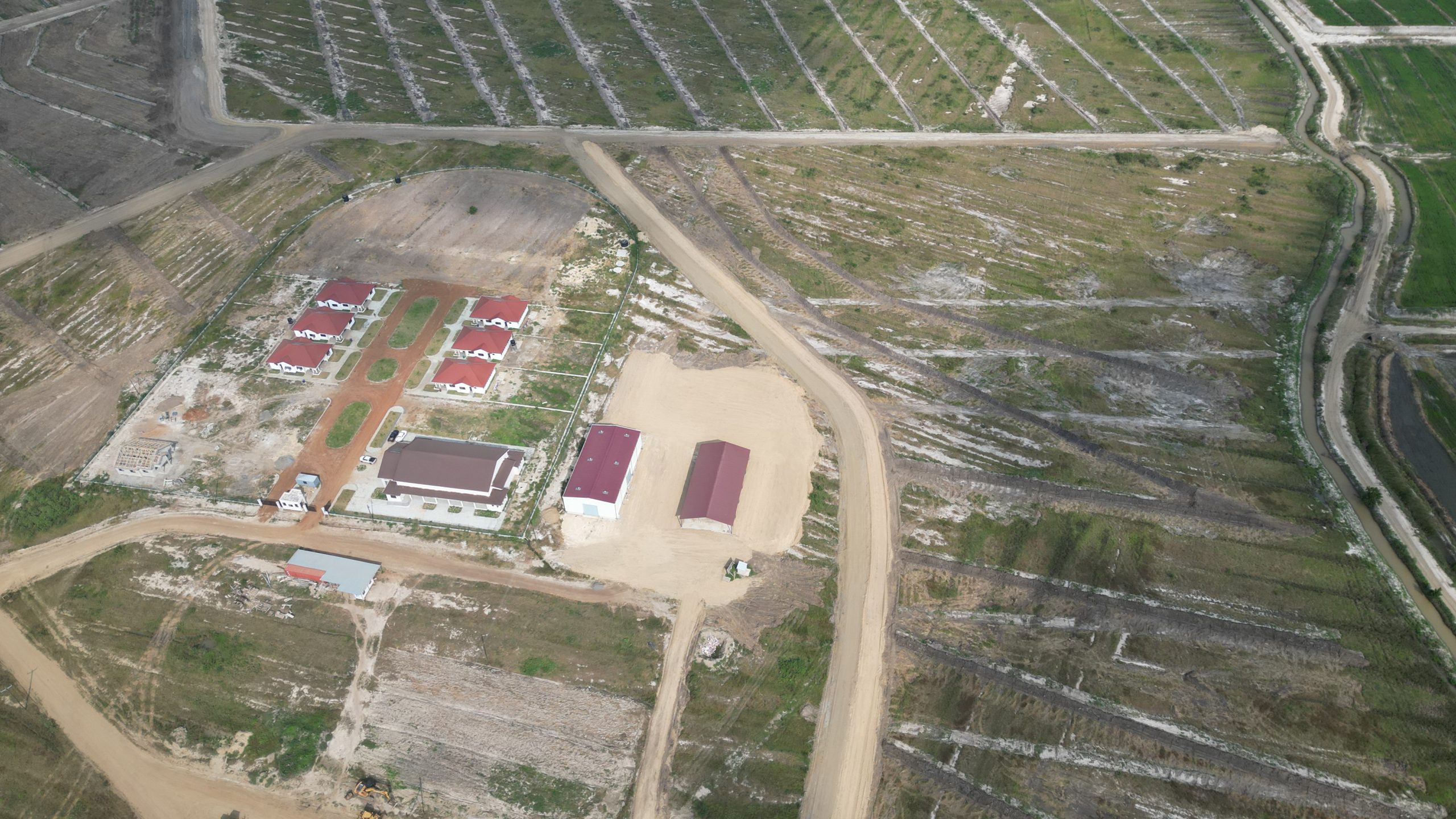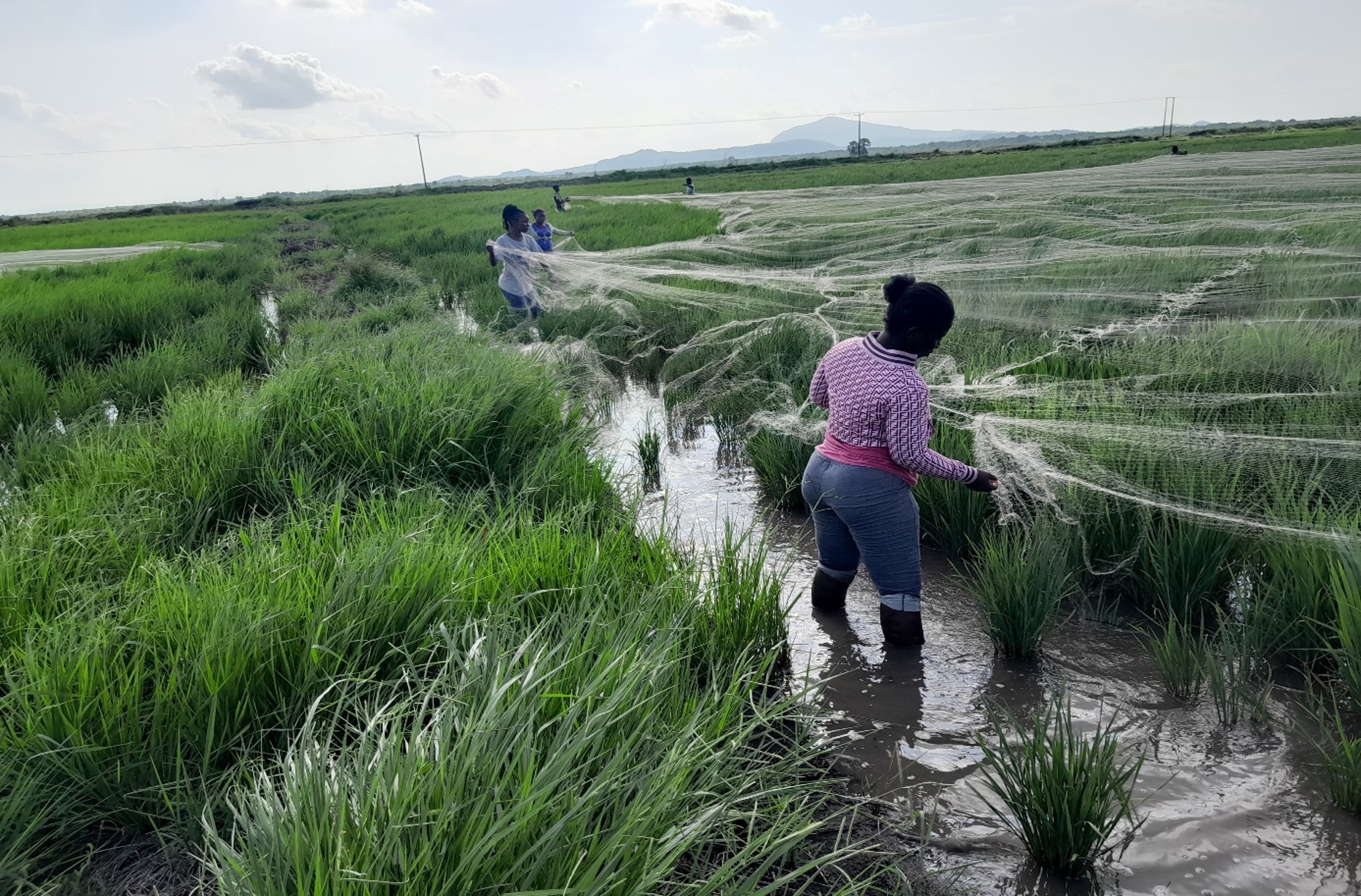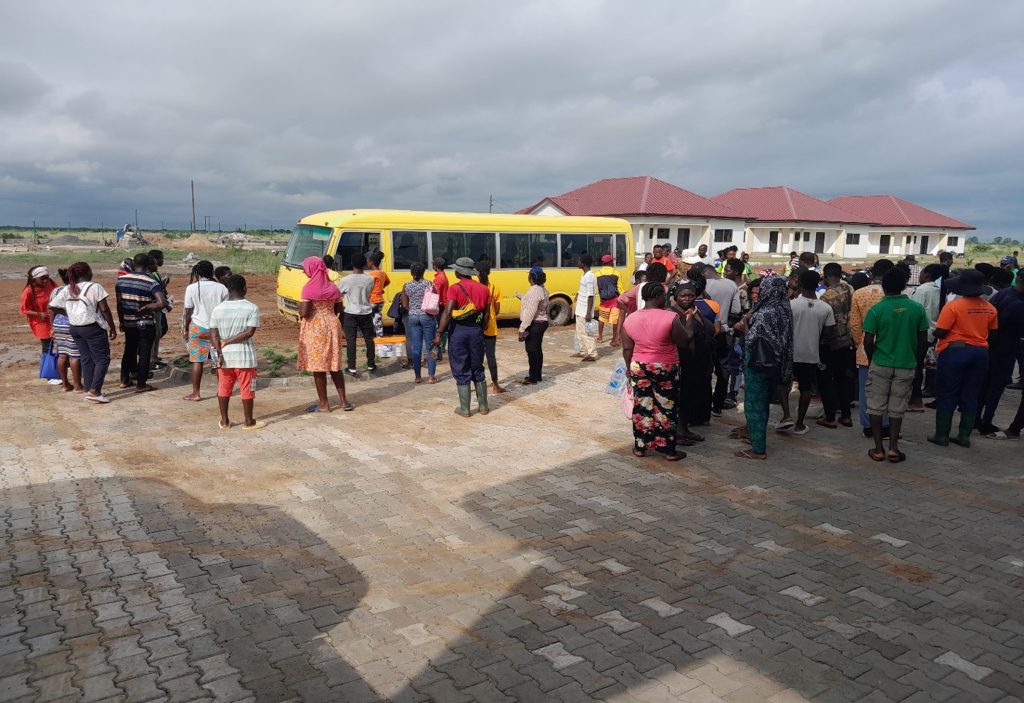In a significant move to revolutionize Ghana’s agricultural sector, the government’s Ghana CARES “Obaatan Pa” Programme, through the Millennium Development Authority (MiDA), is reporting substantial progress in its ambitious Economic Enclaves Project (EEP). The initiative, designed to de-risk agriculture and enhance the sector’s contribution to the national economy, has achieved remarkable milestones in its initial phase of implementation.
Strategic Implementation and Early Successes
The project’s first phase has successfully developed 4,000 acres of agricultural land across three major enclaves – Kasunya, Oti, and Kumawu. A crucial component of this development has been the construction of 80 kilometers of farm access roads, significantly improving connectivity and market access for farmers in these regions.
“The progress we’re seeing across our economic enclaves demonstrates the transformative potential of well-planned agricultural investments,” noted Mr. Mathew Armah, Chief Operating Officer of MiDA, during a recent stakeholder engagement. “These achievements represent just the beginning of our comprehensive agricultural transformation agenda.”
Youth Employment and Capacity Building
One significant achievement of the EEP has been its impact on youth employment and agricultural entrepreneurship. The project has trained over 1,000 young people in communities surrounding the enclaves. Through partnership with the Agri-Impact’s HAPPY Project, more than 300 youth have received specialized agricultural training, with an impressive 90% success rate in transitioning to become young entrepreneur farmers.
In the Kasunya enclave alone, these trained youth are now managing approximately 1000 acres of rice cultivation, demonstrating the project’s success in combining agricultural development with youth empowerment.
Infrastructure Development
The project’s infrastructure development has been particularly notable in the Kasunya enclave, which has emerged as a model for agricultural transformation. Key developments include:
- Construction of 20 kilometers of irrigation canals
- Development of over 40 kilometers of farm roads
- Installation of a 2-kilometer earth dam
- Implementation of 20 kilometers of drainage systems
- Establishment of two pumping stations
- Construction of water reservoirs for irrigation
- Installation of modern electrical infrastructure
- Building of a 450-square-meter warehouse and equipment hub
- Development of housing facilities for 180 youth farmers

Looking ahead, the project is set for significant expansion. Plans are underway for the Banda Economic Enclave, which will see the clearing and cultivation of 3,000 acres and improvements to road infrastructure. The Kumawu Economic Enclave, managed by the National Service Secretariat, is preparing to scale up its capacity from the current 50 National Service Personnel to accommodate 2,490 annually.
MiDA is also conducting feasibility studies for new sites in Twifo and Yagaba, following proposals from various stakeholders, including traditional authorities like the Paramount Chief of Sunsong in the Yendi Municipality.
Strategic Impact and Future Outlook
“The EEP represents a comprehensive approach to agricultural development,” commented Madam Gifty Sekyere, speaking on behalf of Madam Eva Mends from the Ministry of Finance. “By combining infrastructure development, youth employment, and modern farming practices, we’re creating a sustainable model for agricultural transformation in Ghana.”
The project’s success thus far suggests a promising future for Ghana’s agricultural sector. With its focus on youth engagement, infrastructure development, and sustainable farming practices, the Economic Enclaves Project is positioning Ghana as a potential model for agricultural transformation in West Africa.
The continued expansion of the project, coupled with strong governmental support and international partnerships, indicates that Ghana’s agricultural sector is on track for significant growth and modernization in the coming years. As the project enters its next phase, it is expected to further contribute to food security, employment generation, and economic growth in Ghana.






